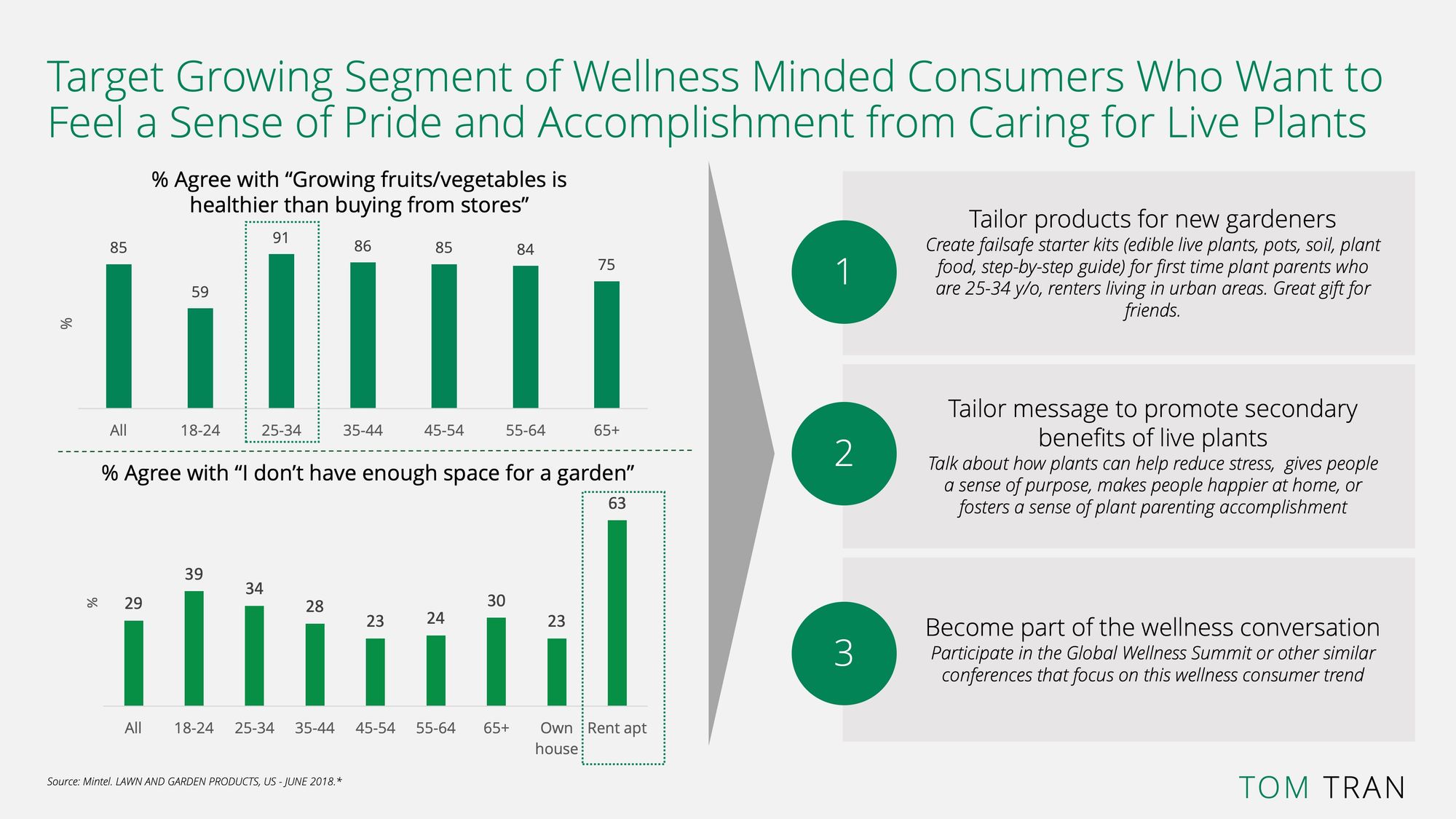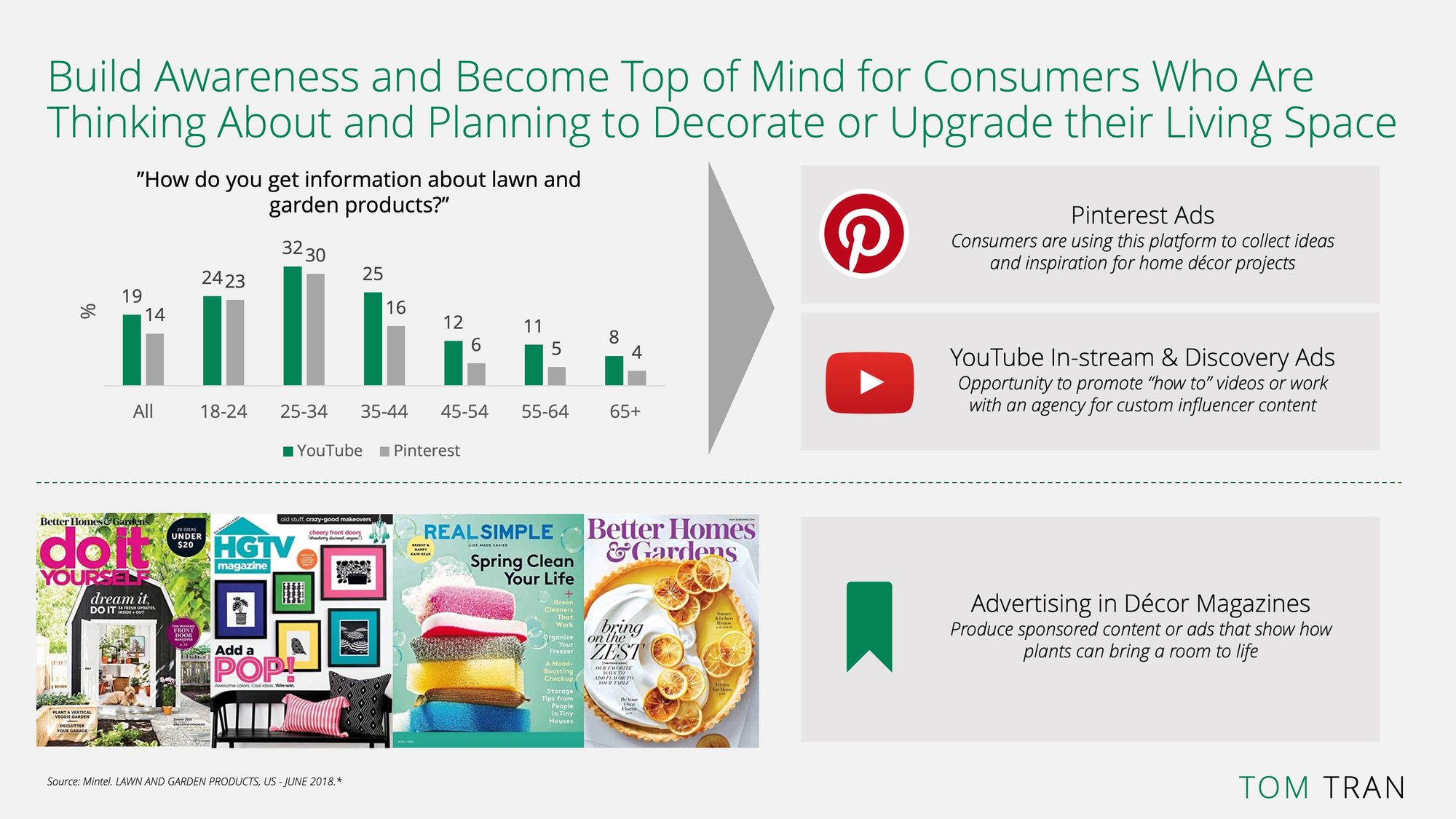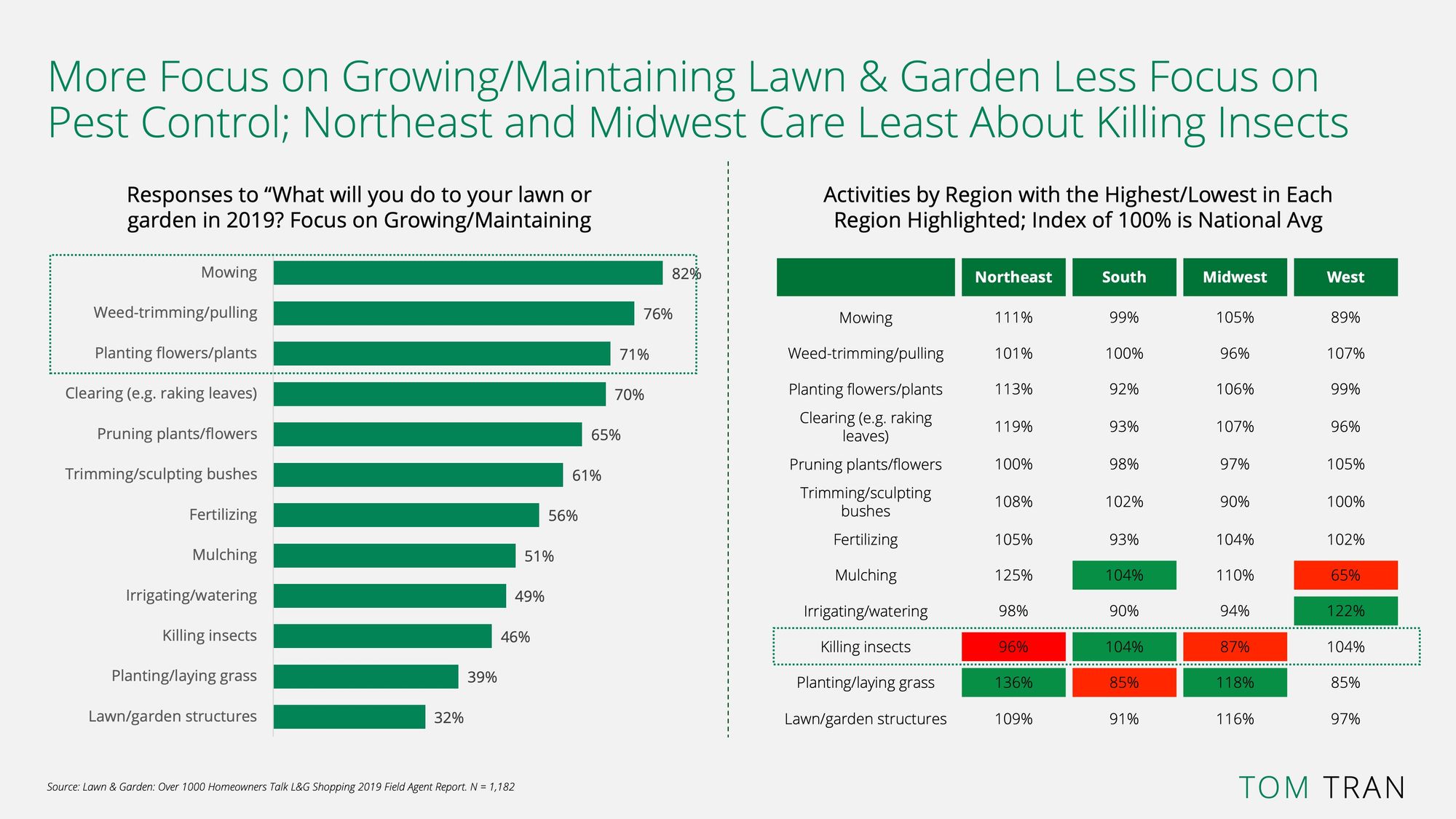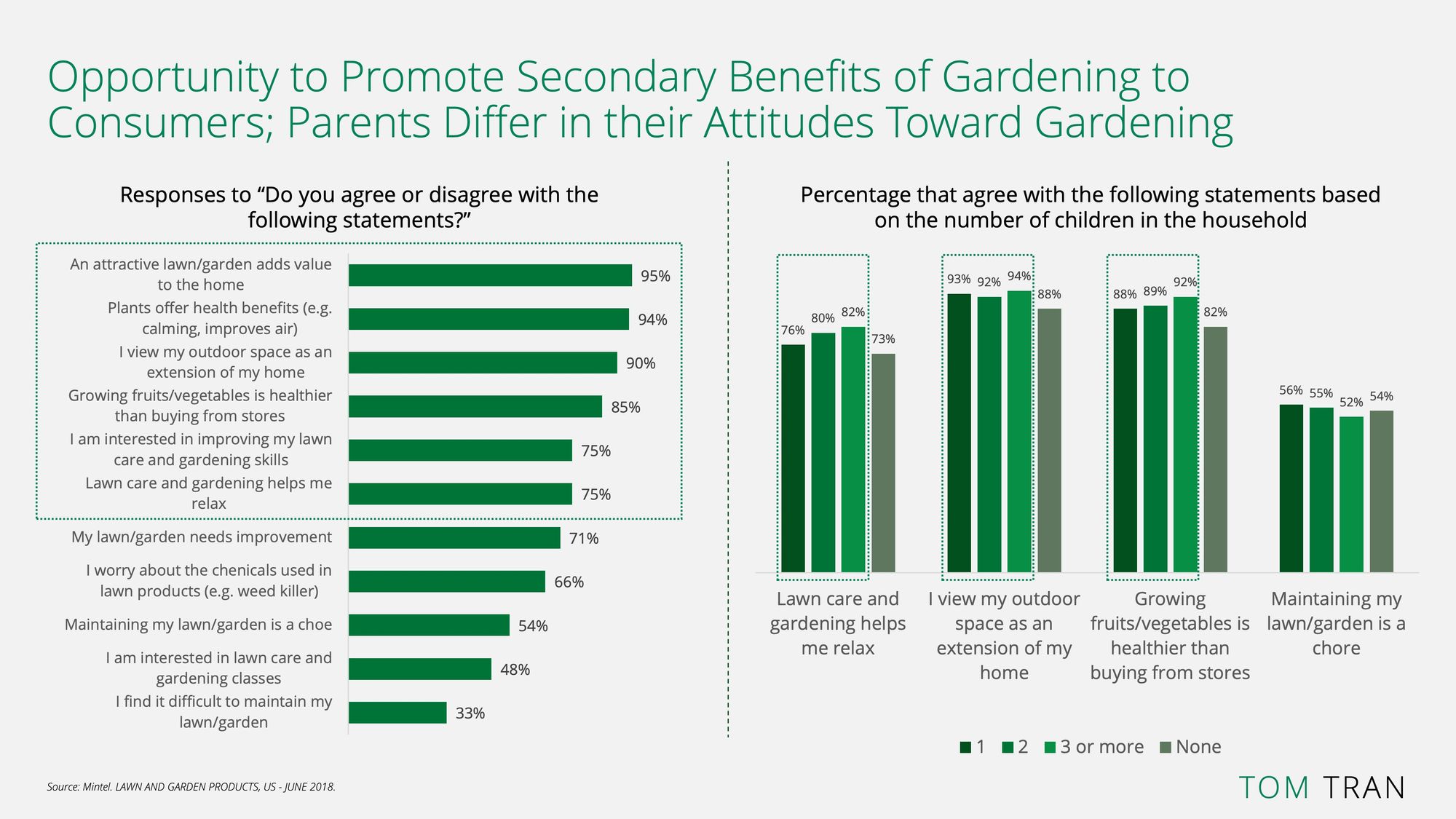If you're looking to land a job in marketing, or just want to get a better understanding of how marketing plans are created, then you're in for a treat. In this blog post, I'll show you the exact steps I took to create a basic marketing plan for Bonnie Plants and Scotts MiracleGro. Plus, I'll also share some of my top tips to help you get started on your own marketing plan.
Background on this project
First, a little background on this project. In the spring of 2020, I was about to graduate from the Ross School of Business at the University of Michigan with my MBA. I had an amazing internship from the summer before at Dell Technologies in Austin and an offer to return for a full-time role, but my partner matched into a periodontics residency at The Ohio State University (OSU) in Columbus, OH. We were not about to do another three years of long-distance. So, once I knew that Columbus was it, I had to start networking and looking for new grad MBA level roles. This was also right at the beginning of the pandemic when MBA internship offers were being rescinded and businesses were unsure of what they were going to do and how many people they were going to hire. The uncertainty was high for candidates and for companies hiring.
I wanted to be able to "show" rather than just "tell" during my interviews. I wanted to be able to stand out just enough to get the job offer. From networking on LinkedIn with another Michigan alum, Alex, I was able to get into the interview pipeline for an Assistant Brand Manager role at Scotts MiracleGro. I had a few other leads, but decided to go all-in on this because I really wanted to try brand management. When I wrote my business school application essays, I wrote that I wanted to do either tech or brand management. I checked off tech with my summer internship and loved it. Now, this was my shot at doing brand management. And generally, if you want to do brand management at the MBA level, companies want to see that you're committed to it and want to see summer brand management experience. I didn't have that.
With the pandemic and remote classes (and all social activities cancelled), I had a lot of extra time. I figured that building the deck would help me prepare for the interview and help me get to know the industry. I knew that it was a bit of an unorthodox idea way of preparing for an interview, but felt like it could only help.
What's the goal
This is a little meta, but the goal of this marketing plan was not to build a roadmap for Bonnie's to become a $300MM business or to gain market share. My goal was to show Scotts and my interviewers that I had studied the industry, synthesized the information, and was excited about the role and company. The biggest difference between building this sample marketing plan versus doing it in industry or as a full-time employee is that I worked on this in a vacuum whereas on the job, it's a co-collaborative effort with cross-functional peers (finance, market research, sales, etc.), your manager, your team, and many other stakeholders who would give feedback before any of the ideas/recommendations come to life in execution.
The goal of a real-world marketing plan is to help a business achieve its goals. Whether that involves increasing revenue, expanding market share, or simply improving brand awareness, marketing plays an essential role in achieving success. To create a marketing plan that effectively drives business growth, you have to identify specific marketing goals and develop strategies to achieve those goals. This may involve conducting market research to better understand customer needs, developing marketing materials such as advertising campaigns and social media posts, or experimenting with new marketing techniques such as influencer marketing or integrated marketing communications. Ultimately, the goal of any marketing plan is to elevate a company's bottom line by attracting more customers and increasing sales.
The three main parts of a marketing plan
A marketing plan is a document that outlines the state of the business, marketing objectives, vision and initiatives, and tactics for a specified period of time. It is important to have a marketing plan in place in order to measure progress and track results. The three main parts of a marketing plan are:

The state of the business
This includes an overview of the current situation, including market share, competitive landscape, financial situation and any other relevant information. I found a lot of great information about the lawn and garden category but only used some of it to set up the story for the state of the business. Everything else that was interesting, but not relevant, I left in the appendix. In this setup, I wanted to show what the overall size of the category is and projected to be in the future before moving to what the business should be going after.


The objective and vision
This part of the marketing plan outlines what the company wants to achieve, and how it plans to do so. I didn't actually know what Bonnie's revenues were, but I tried my best to triangulate it based on publically available data. From there, I found that $300MM was a nice round number that was ambitious, but still doable. The "strategy" answers the "how" part of becoming a $300MM brand. When I wrote $300MM brand, it means $300MM in retail dollar sales per year, not net sales or shipments (which is how much the company actually makes because it is what the retailer ie Home Depot would pay Scotts for the goods).

The strategic initiatives and tactics
This section details the specific activities that will be undertaken in order to achieve the objectives laid out in the previous section. These activities could include things like marketing research, product development, advertising and promotion, pricing strategy, etc. In this section, I went into a little more detail behind the strategy and backed it up with data and clear rationale in order to make the reccomendations more pursuasive. Each headline is a summary of the entire slide and an exec or manager could skim the headlines and know exactly what I'm trying to say. If they have questions, they can read the body of the slide to see the thinking.



Thank you page
I always include a thank you page. A thank you page allows you to show your appreciation for your audience's time and attention. It is also how you let your audience know that the main body of the presentation has concluded.

Appendix
There are a number of different types of slides that you can leave in the appendix of your presentation. This might include marketing plans, detailed budget templates, demographic data, or any other materials that support the main message of your presentation but are not central to it.
Supporters of including an appendix often cite the ability to customize and tailor presentations for different audiences as one of the main benefits. By providing additional information or visuals that may be relevant to certain stakeholders but not others, you can help ensure that your presentation is as effective and engaging as possible. Additionally, leaving these slides in an appendix allows you to provide as much detail or support for your claims as needed without disrupting the main flow of your presentation. Ultimately, whether you decide to include an appendix or not will depend on your individual goals and preferences, but having this option available gives you flexibility and control over how your message is conveyed.



Conclusion
Creating a marketing plan can seem daunting, but it doesn't have to be. By following the basic steps outlined in this article, you can create a plan that will help your business achieve its goals. The most important thing is to be clear on what those goals are and to make sure your tactics are aligned with them. If you create something like this for an interview, please share and let me know!
And by the way... I did get the job offer with Scotts!






